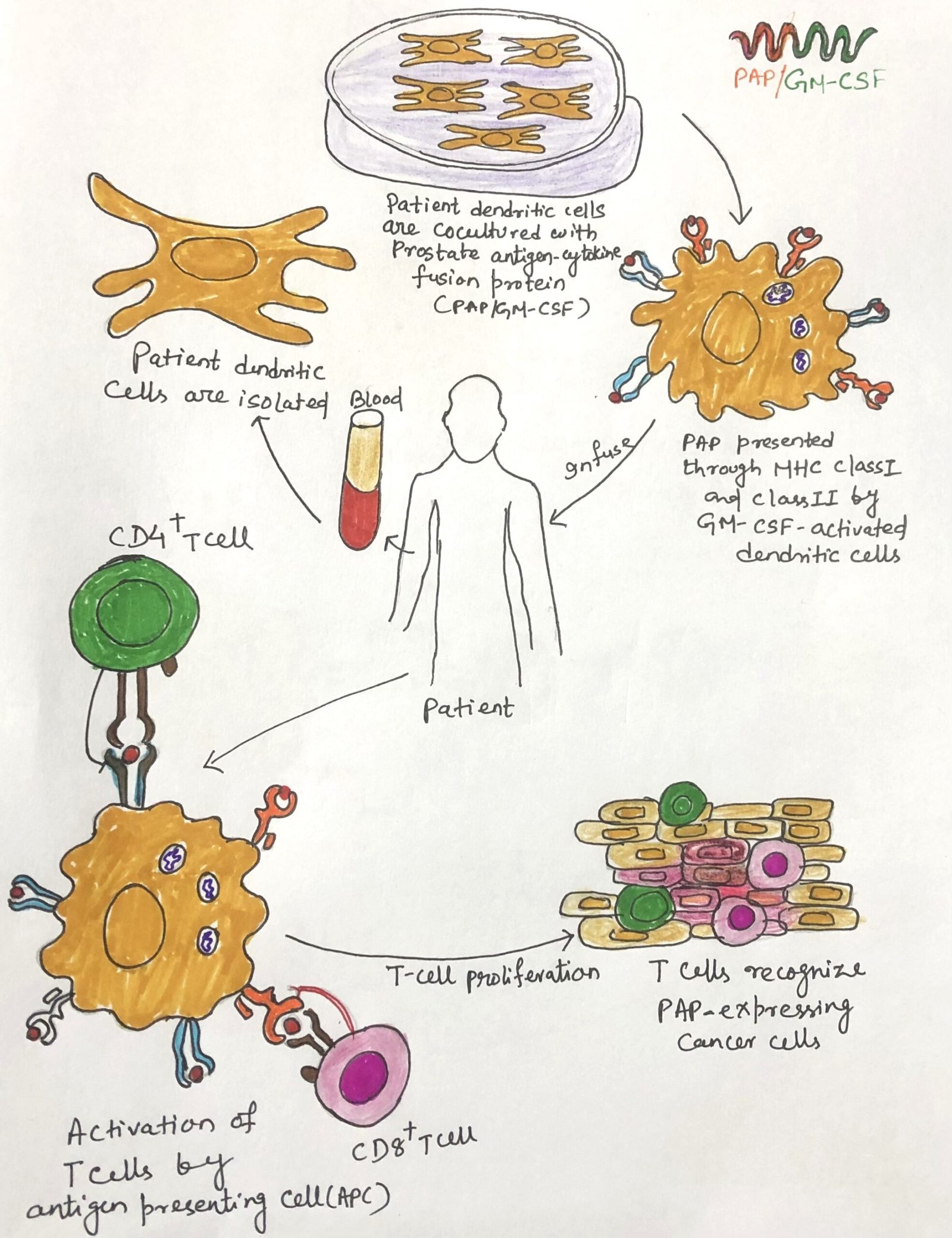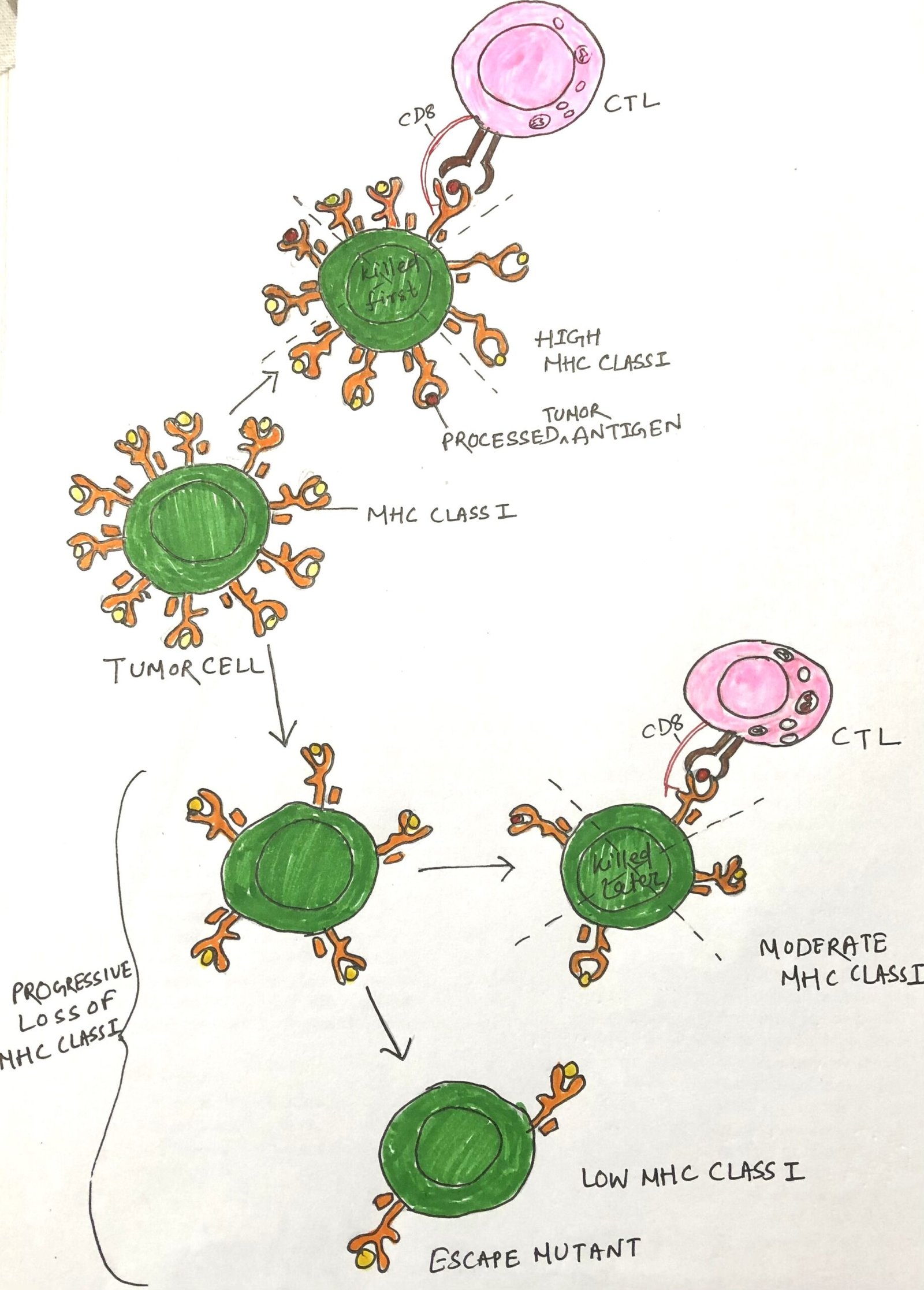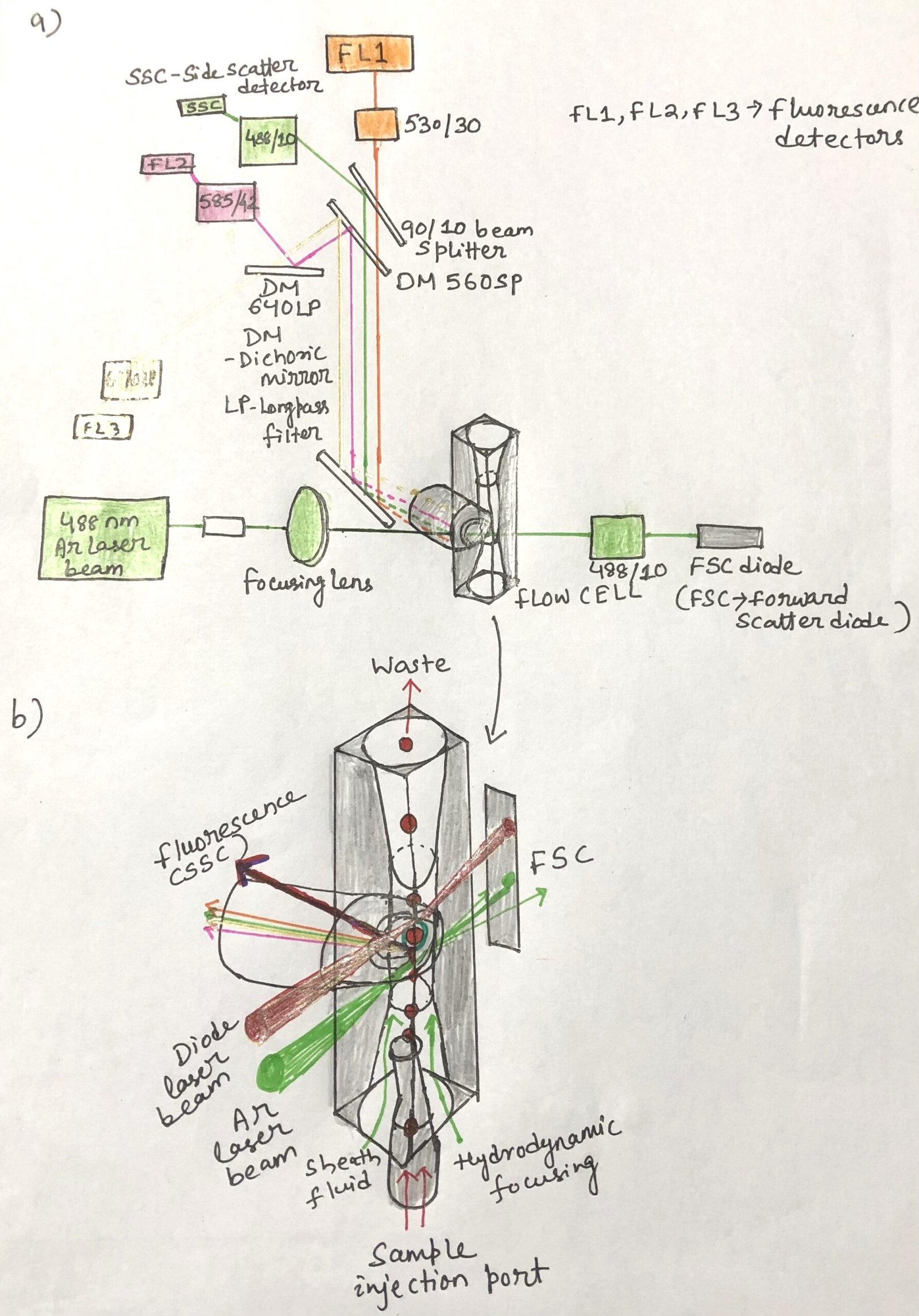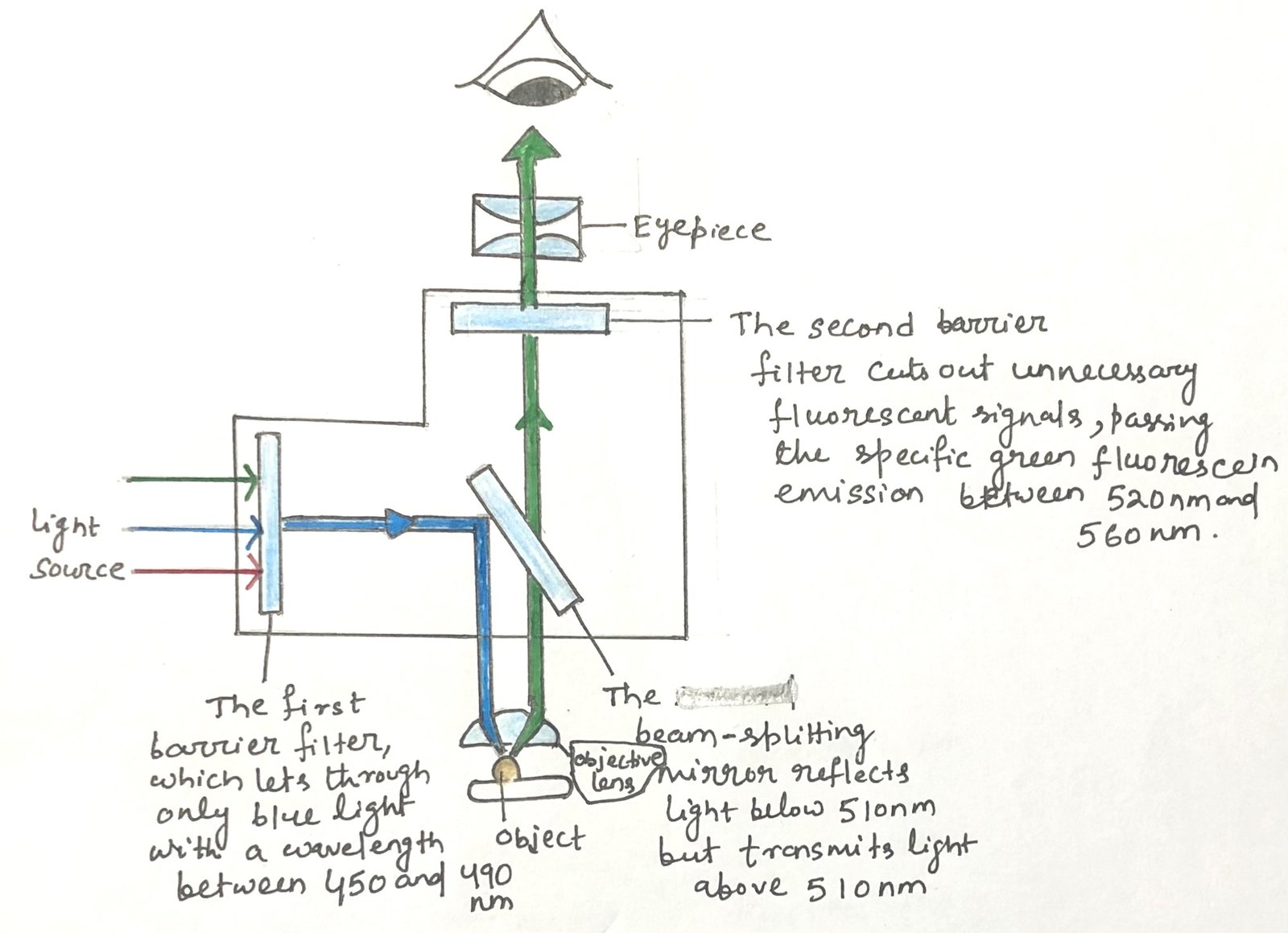Normal Flora of the Skin, Eye, and Respiratory Tract
In this article, I briefly describe the distribution of the normal flora in the skin, eye, and the respiratory tract. Our body naturally harbors many microorganisms that live without causing harm. The skin, eyes, and respiratory tract each have their own special environments where different types of normal flora thrive. Normal Flora The human body … Read more >>









